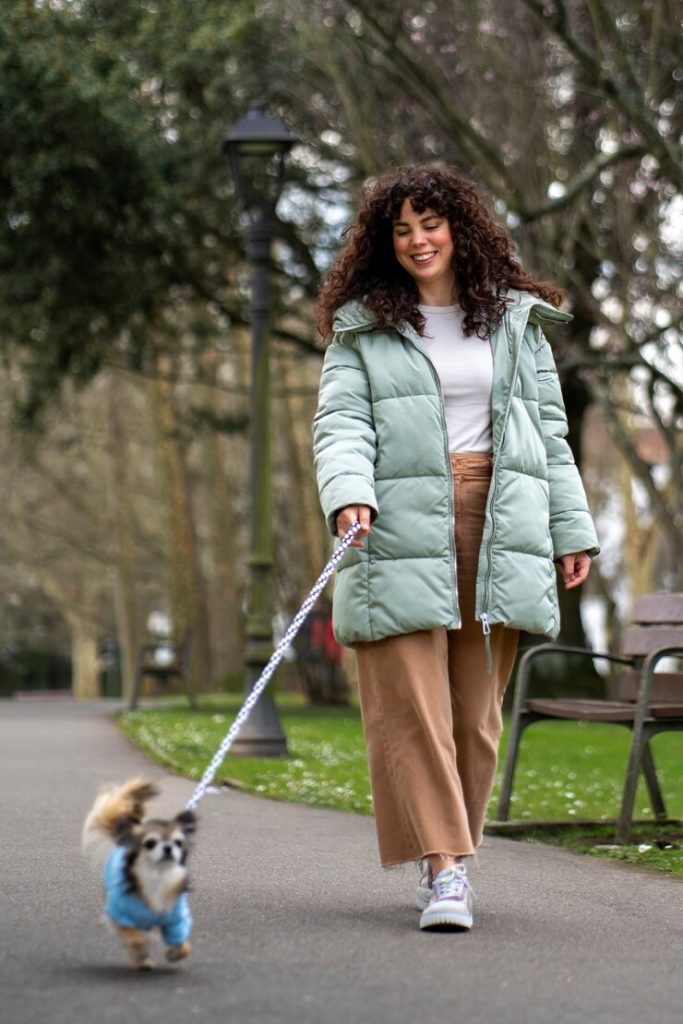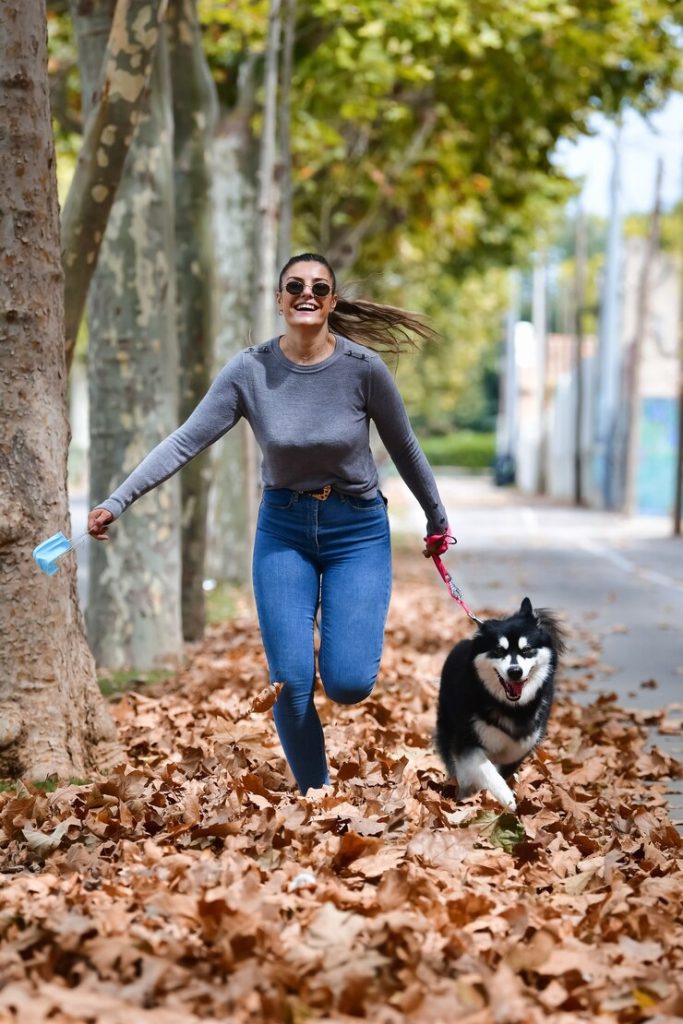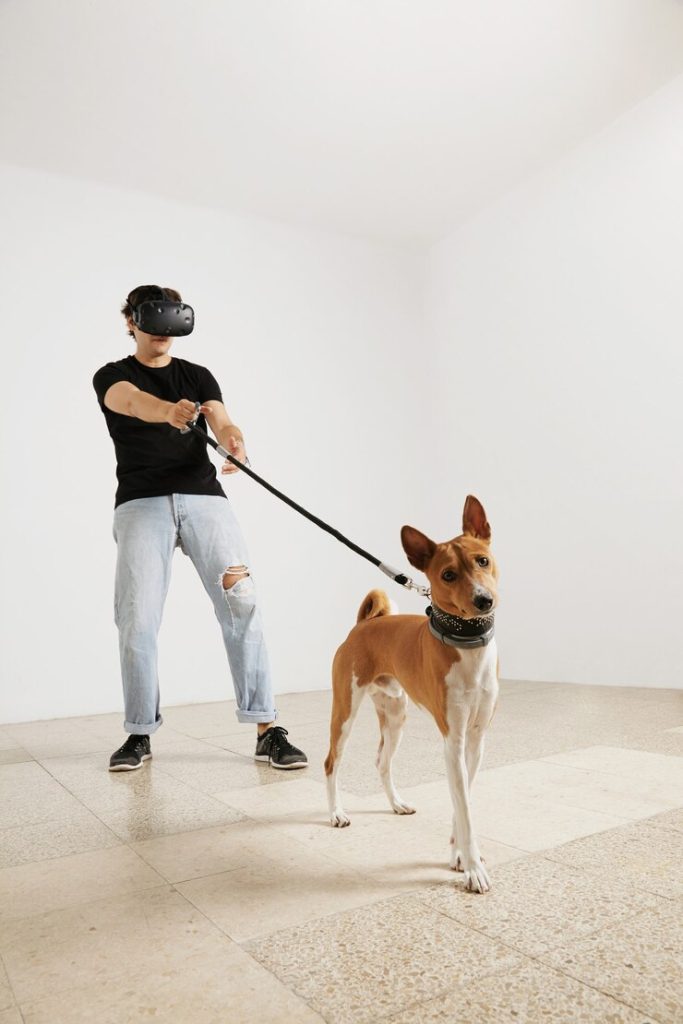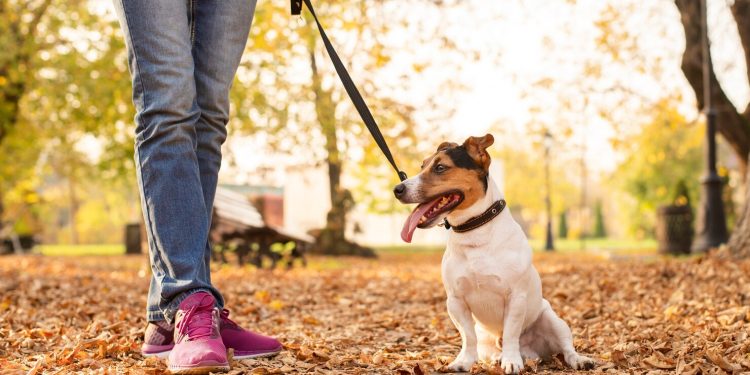How to Stop a Dog from Pulling on the Leash
Walking a dog should be a joy, not a tug-of-war match. Yet, many dog owners find themselves struggling with pets that pull on the leash. Fear not! With the right techniques, patience, and consistency, you can transform your walks from chaotic to calm.

Understanding the Behavior
The Natural Instinct to Pull
Dogs are curious creatures. Their world is a sensory wonderland, and pulling on the leash is often their way of exploring it. They’re not being disobedient—it’s just natural for them.
Common Reasons for Pulling
- Excitement: Your dog is thrilled to be outside, so they race ahead to explore.
- Lack of Training: Dogs that haven’t learned proper leash manners don’t know better.
- Environmental Distractions: A squirrel here, a fascinating scent there—it’s a smorgasbord of distractions.
Preparing for Leash Training
Choosing the Right Equipment
The right gear can make a world of difference. Opt for a sturdy leash (4-6 feet is ideal) and consider using a front-clip harness, which discourages pulling. Avoid retractable leashes during training—they give dogs too much freedom.

Ensuring the Dog’s Comfort
Before training begins, ensure your dog’s harness or collar fits snugly but isn’t too tight. A comfortable dog is a focused dog.
Setting Realistic Expectations
Remember, training takes time. Set small, achievable goals for each session to avoid frustration.
Step-by-Step Leash Training Techniques
Teaching Loose-Leash Walking
Start with your dog at your side. Hold the leash loosely and begin walking. The moment your dog pulls, stop in your tracks. Wait until the leash slackens before moving again. This teaches them that pulling won’t get them anywhere.
Using Positive Reinforcement
Reward your dog for walking nicely beside you. Treats, praise, and belly rubs work wonders for encouraging good behavior.
The Stop-and-Go Method
Every time your dog pulls, stop walking. Resume only when they return to your side. It’s tedious, but it’s effective!
The Change-of-Direction Technique
When your dog pulls, turn and walk in the opposite direction. This keeps them focused on you and makes pulling less rewarding.

Consistency and Patience
Why Consistency Matters
Dogs thrive on routine. Practice leash training regularly to reinforce good habits.
Dealing with Setbacks
Training isn’t linear. If your dog has an off day, don’t stress—just stay consistent, and they’ll get back on track.
Professional Help
When to Consult a Trainer
If your dog’s pulling is severe or you’re struggling to make progress, a professional trainer can offer personalized guidance.
Benefits of Professional Training
Trainers bring expertise and fresh perspectives, speeding up the learning process and addressing issues you might overlook.
Tips for Success
Staying Calm and Focused
Dogs mirror your energy. Stay calm during walks to help them feel relaxed.
Practicing in Low-Distraction Environments
Start training in quiet areas before moving to busier settings. Gradual exposure builds confidence and focus.
Gradually Increasing Difficulty
Once your dog masters leash manners in quiet spots, introduce them to more stimulating environments.

Conclusion
Leash training might feel like a long road, but with patience, practice, and persistence, it’s a journey worth taking. Celebrate small victories, and remember: a well-trained dog isn’t just easier to walk—it’s happier and safer too.
(Maybe you are also interested: Positive reinforcement techniques for puppies)
FAQs
- How long does it take to train a dog not to pull?
It varies, but with daily practice, most dogs show improvement within a few weeks. - Can older dogs learn to stop pulling?
Absolutely! Age doesn’t matter—any dog can learn with consistent training. - What’s the best leash type for a dog that pulls?
A standard 4-6 foot leash paired with a front-clip harness is often most effective. - Should I use a retractable leash for training?
No, retractable leashes can encourage pulling and reduce control during training. - How can I reinforce training outside walks?
Practice loose-leash walking at home or in your yard to build muscle memory.









Discussion about this post